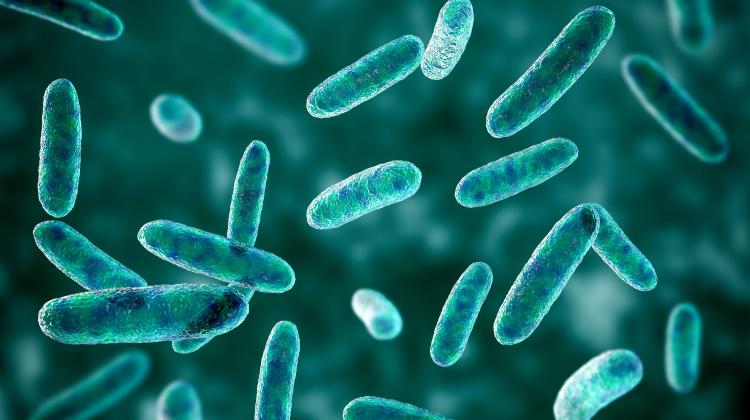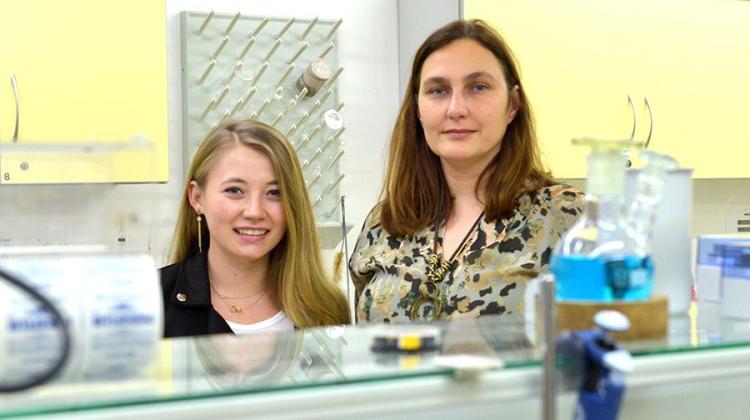E-nose from Gdańsk traces the origin of odours in one minute
 Photo: Fotolia
Photo: Fotolia
Electronic nose developed at Gdańsk University of Technology needs just one minute to identify the source of an odour. Compared with other similar devices, it is equipped with sensors that withstand even the strongest odours.
Rising standards of operation of industrial plants, new regulations concerning care for air quality and the environment, mean that manufacturing plants, sewage treatment plants and landfills need tools that enable rapid detection of causes of odours.
The solution may be e-nose developed by researchers at Gdańsk University of Technology. "Possibilities of using our device are very extensive. It will work in refining and petrochemical, chemical, biotechnology as well as food industries, for example when assessing the degree of freshness and quality of food. It is ideal for municipal wastewater treatment plants and landfills" - said Head of the Department Chemical and Process Engineering at Gdańsk University of Technology, Prof. Marian Kamiński.
According to Gdańsk University of Technology, odour identification consists in reading the specific properties of the collected air sample. Signals from individual sensors are collected and processed digitally, and then averaged. Reading is carried out by computer. In this way, a so-called flavour profile of the sample is being prepared.
Prof. Kamiński noted that such devices require the use of very sensitive sensors. At higher concentrations of fragrance components in the air they become saturated and cease to function for a relatively long time.
"In our e-nose, we applied technology and algorithm that protect the sensors from saturation, preventing long-term interruptions in the operation of the device. The data collected from the air are analysed by an appropriate method, which allows to assign the received signal to a specific odour. After each analysis, sensors returning to equilibrium from the state of arousal" - explained Prof. Marian Kamiński.
Thus - according to the university - there is no risk that the e-nose created at Gdańsk University of Technology fails due to high concentrations of odour in the air, as is the case with sensors currently used in the industry. "The use of e-nose will significantly reduce the time of odour analysis, which used to be performed using olfactometry or a coupling of gas chromatography and mass spectrometry. Analysis using these techniques takes up to several hours. Analysis with e-nose takes about one minute" - reads the Gdańsk University of Technology website.
The new device will also reduce the cost of the analyses. Hiring experts or companies specializing in time-consuming analysis of odours is associated with high costs. In addition, the human sense of smell becomes accustomed to the surrounding odour. This forces endless rotation of workers. In the case of short periods of occurrence of unpleasant odours, continuous monitoring of air is required, which can not be done without proper equipment.
"Currently, researchers are working on developing a prototype of specialist electronic nose with several sensors, enhanced with new features. Intensive search continues for other fields of the device applications, including medical diagnostics or quality control" - informed Gdańsk University of Technology.
PAP - Science and Scholarship in Poland
ekr/ mrt/
tr. RL
Przed dodaniem komentarza prosimy o zapoznanie z Regulaminem forum serwisu Nauka w Polsce.


















